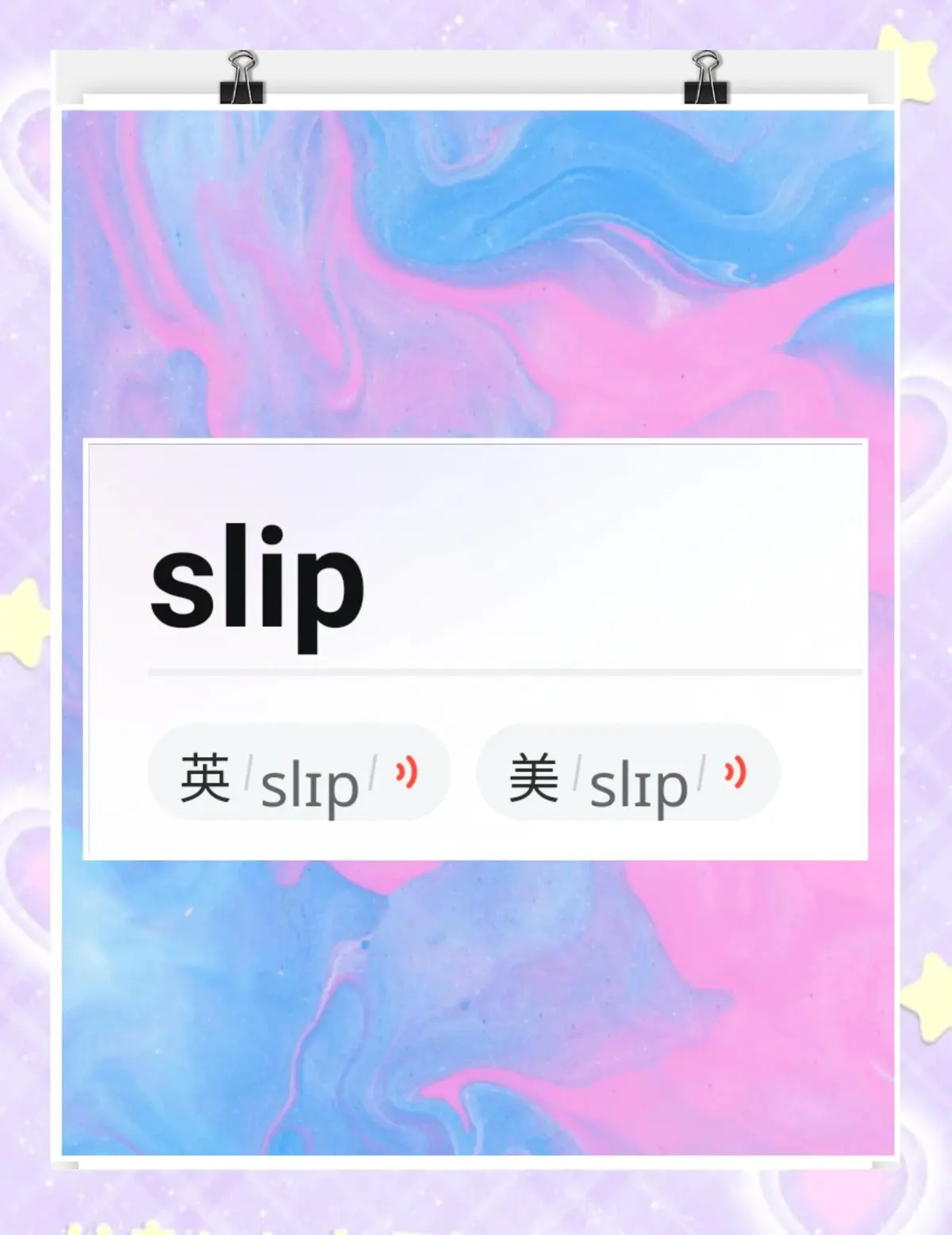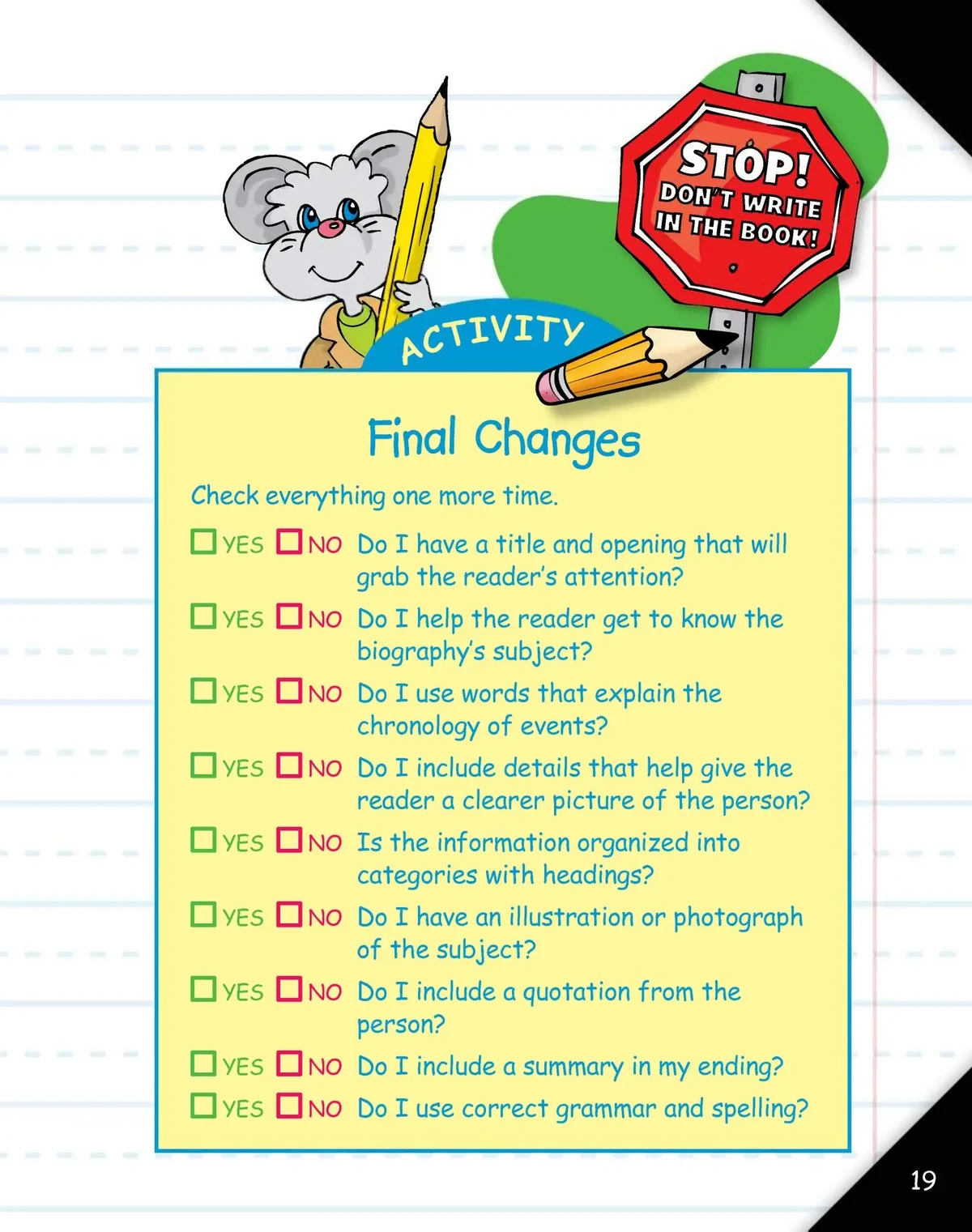


Slippage is a critical factor in trading that can significantly impact the profitability of any strategy, especially when executing trades in live markets. Understanding how to calculate slippage in backtesting is crucial for evaluating the true performance of a trading strategy. In this comprehensive guide, we’ll dive into what slippage is, why it matters, and how to accurately calculate it during the backtesting phase. This will enable you to assess the potential real-world performance of your strategies, minimizing the risk of unpleasant surprises when you go live.
- What is Slippage in Trading?
Definition of Slippage
Slippage refers to the difference between the expected price of a trade and the actual price at which the trade is executed. It occurs when a market order is placed but cannot be filled at the price quoted at the time of the order due to market movement or lack of liquidity.
Slippage typically happens during times of high volatility or low liquidity, but it can occur at any time. For traders, slippage can be both positive (better execution) or negative (worse execution), but it is generally seen as a cost.
Types of Slippage
There are several types of slippage to be aware of:
Positive Slippage: When the execution price is better than the expected price. This can happen when the price moves in favor of the trader.
Negative Slippage: When the execution price is worse than the expected price. This is common during periods of high volatility when market conditions are less favorable.
Why Slippage Matters in Backtesting
When backtesting a trading strategy, slippage can significantly alter the performance results. Ignoring slippage during backtesting can lead to overly optimistic predictions about a strategy’s profitability. Accurately accounting for slippage ensures that your backtesting results reflect a more realistic trading experience.
- How to Calculate Slippage in Backtesting
- Understanding Slippage in Historical Data
To calculate slippage during backtesting, we need to simulate the price impact of slippage using historical data. The key steps in this process are:
Step 1: Identify the Expected Price
The expected price is the price at which a trade would ideally be executed. In backtesting, this is typically the closing price of the bar or candle that the strategy would trigger a trade on.
Step 2: Calculate the Actual Execution Price
The actual execution price is the price at which the order is filled in the market. To estimate this in backtesting, you would need to account for market conditions like slippage, liquidity, and order execution delays.
Step 3: Calculate the Slippage
Slippage can be calculated using the following formula:
Slippage=Actual Execution Price−Expected Price
Slippage=Actual Execution Price−Expected Price
This gives the absolute value of slippage. If the result is negative, it indicates negative slippage, where the trade was filled at a worse price than expected. If positive, it indicates positive slippage.
Example:
Expected Price: 1.3500 (the price at the time of placing the order)
Actual Execution Price: 1.3495 (the price at which the order is filled)
In this case, the slippage is:
Slippage=1.3495−1.3500=−0.0005 (5 pips of negative slippage)
Slippage=1.3495−1.3500=−0.0005 (5 pips of negative slippage)
- Simulating Slippage in Backtesting
One common approach for simulating slippage in backtesting is to assume a fixed percentage of the price or a fixed number of pips. This method can help introduce a realistic approximation of slippage based on historical market conditions.
Fixed Percentage Approach:
In this method, you assume that slippage is a percentage of the price movement between the expected price and the price at the time of execution. For example, if slippage is assumed to be 0.1% of the expected price:
Slippage=Expected Price×0.1%
Slippage=Expected Price×0.1%
Fixed Pip Approach:
This is a simpler method, where slippage is modeled as a fixed number of pips. For example, you could assume a slippage of 2 pips for all trades in a strategy.
Example:
Expected Price: 1.3500
Fixed Pip Slippage: 2 pips
In this case, the execution price would be:
Actual Execution Price=1.3500−0.0002=1.3498
Actual Execution Price=1.3500−0.0002=1.3498
- Market Conditions and Slippage Impact
Different market conditions can impact the level of slippage experienced during backtesting. For example:
During News Events: High-impact news events (e.g., economic data releases, central bank decisions) can increase volatility and widen bid-ask spreads, leading to higher slippage.
During Low Liquidity Periods: Slippage is more likely to occur during off-peak trading hours when liquidity is lower.
In backtesting, you can adjust your slippage model to account for varying market conditions by analyzing historical volatility or liquidity measures, like average spread size or trade volume.
- Strategies for Managing Slippage
- Incorporating Slippage into Backtesting Framework
Most backtesting platforms, such as MetaTrader and TradingView, offer built-in features to simulate slippage. When creating your backtest, you can specify an amount of slippage to account for on every trade. You can also incorporate slippage into your risk management parameters, ensuring that your strategy remains profitable even after accounting for potential slippage.
Key Considerations:
Trade Type: The impact of slippage may vary depending on whether the trade is a market order or a limit order.
Market Conditions: Ensure that your backtest includes periods of high volatility and liquidity imbalances, as slippage is more likely in these situations.
- Minimizing Slippage
To minimize slippage in live trading, consider the following strategies:
Use Limit Orders: Limit orders allow you to control the price at which your trade is executed, reducing the risk of negative slippage.
Trade During High Liquidity Hours: Execute trades during peak market hours when liquidity is higher, minimizing slippage.
Choose Brokers with Low Slippage: Some brokers offer better execution speeds and lower slippage, particularly those that provide direct market access (DMA) or operate with ECN or STP models.
- FAQ (Frequently Asked Questions)
- How does slippage affect backtesting results?
Slippage can cause your backtest results to differ significantly from real-world performance. By not accounting for slippage, you may overestimate the profitability of a strategy. To get more accurate results, simulate slippage based on historical data and market conditions.
- What is the best method for calculating slippage in backtesting?
The best method depends on the complexity of your strategy and available data. The fixed pip method is simple and works for many strategies, while the fixed percentage approach may be more accurate in volatile markets. You may also consider adjusting your slippage model dynamically based on market conditions during backtesting.
- Can slippage be eliminated in live trading?
While it’s impossible to completely eliminate slippage, it can be minimized by using limit orders, trading during high liquidity periods, and choosing a reliable broker with efficient execution technology. Understanding and managing slippage is key to maintaining profitable strategies in live markets.
Conclusion
Calculating and accounting for slippage in backtesting is a crucial step in ensuring that your trading strategy delivers realistic results. By simulating slippage based on market conditions and adjusting your backtesting framework, you can get a more accurate picture of your strategy’s potential. Implementing strategies to minimize slippage, such as using limit orders and trading during liquid periods, can help you optimize your trades and improve your profitability. Always remember, slippage is a fact of life in trading, but with proper management, it doesn’t have to derail your success.

0 Comments
Leave a Comment